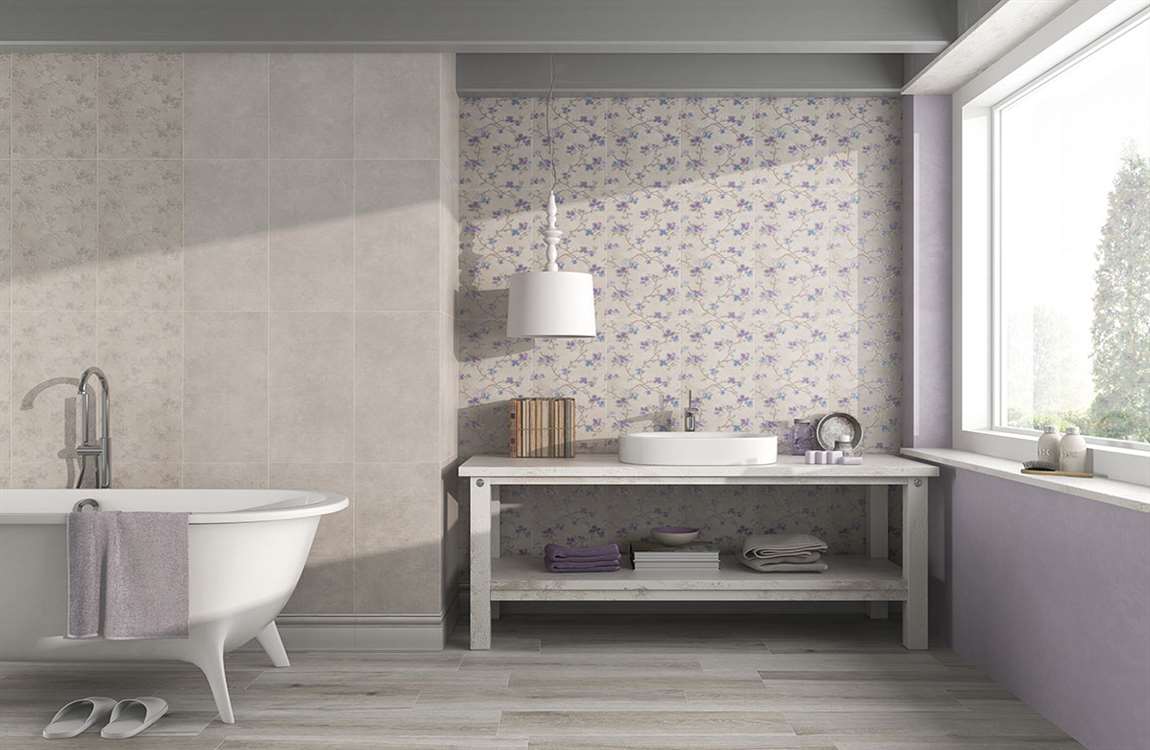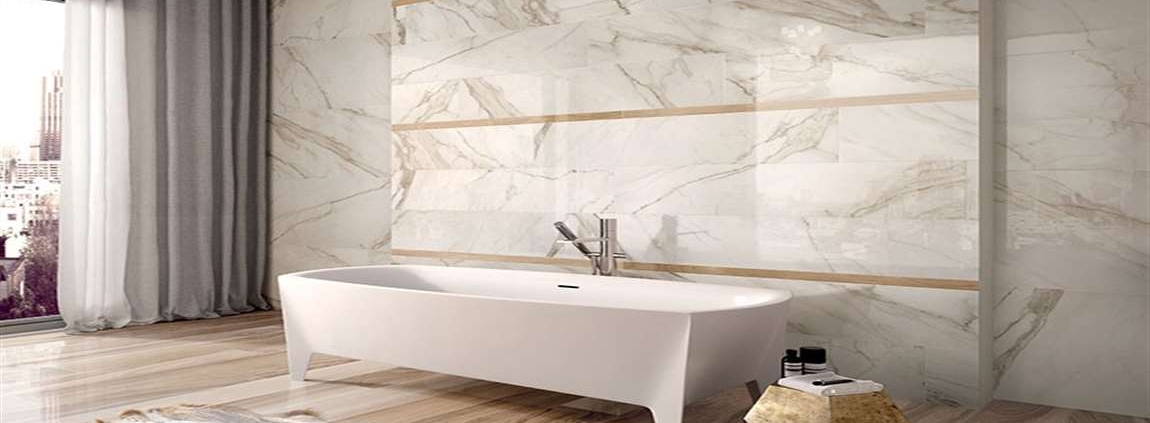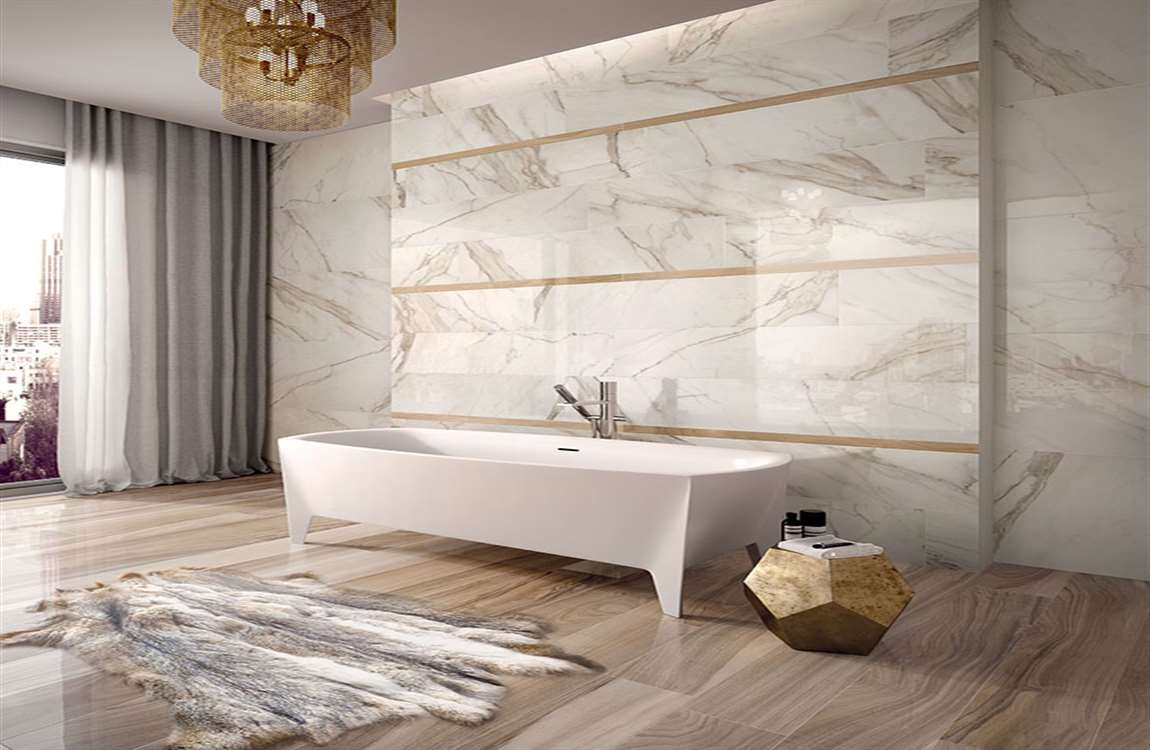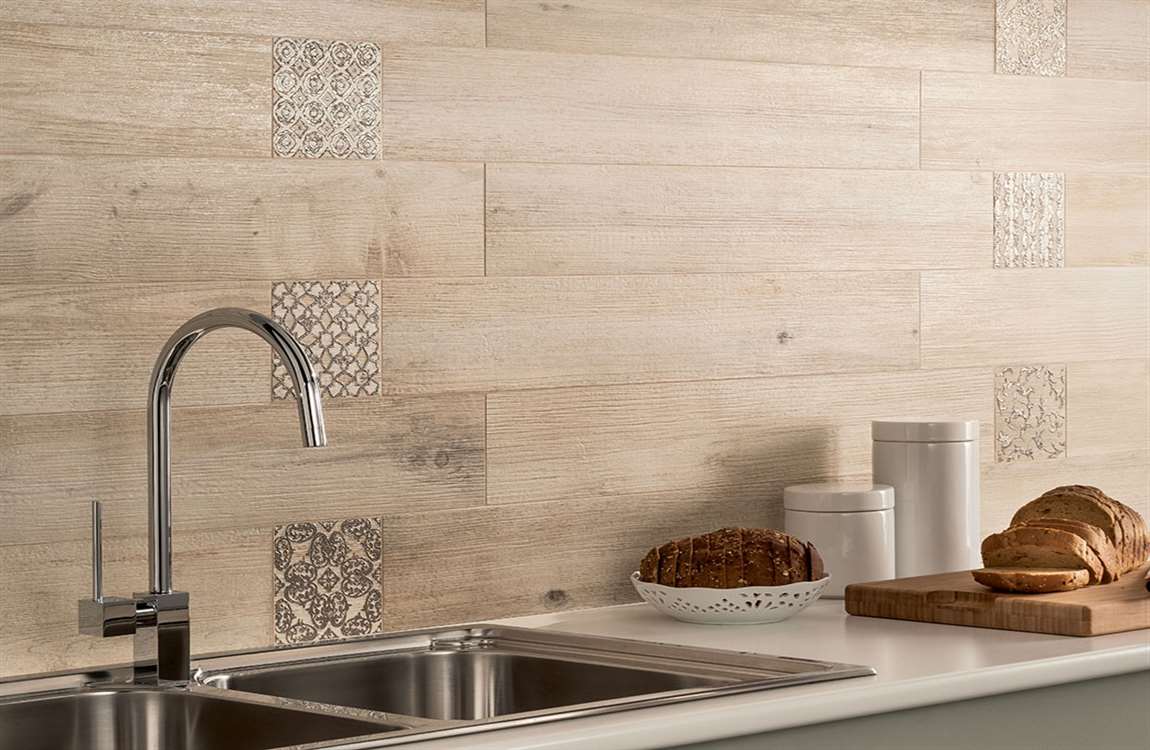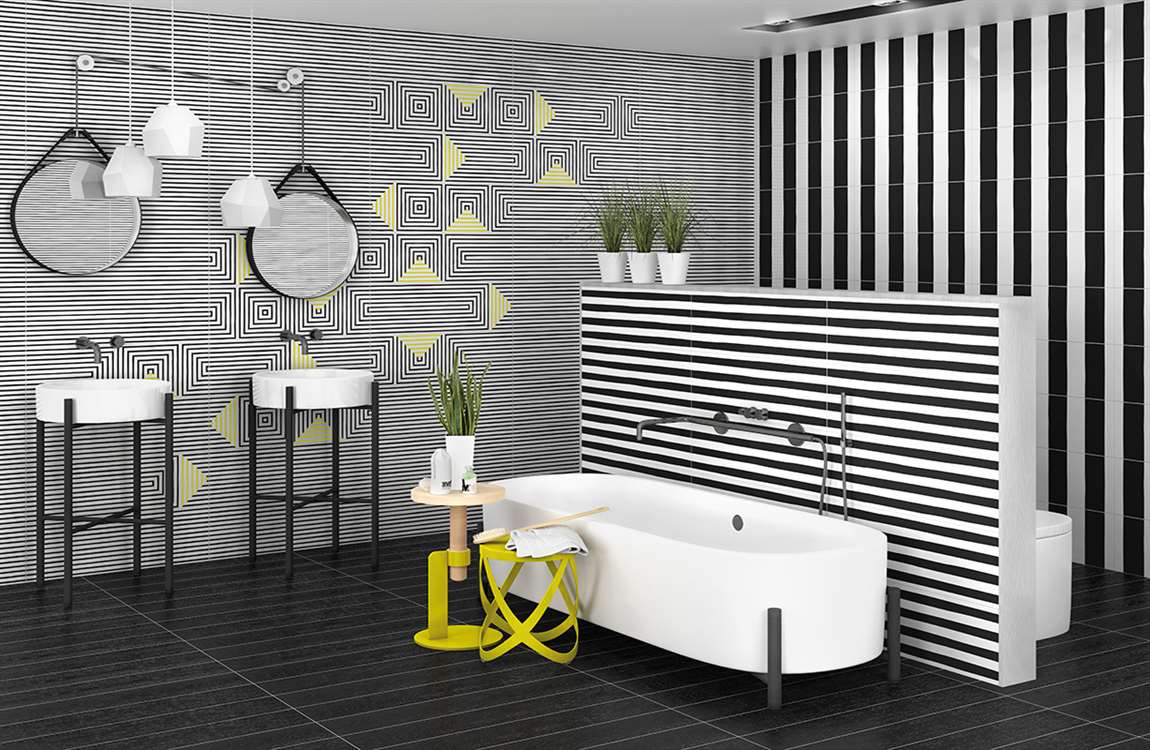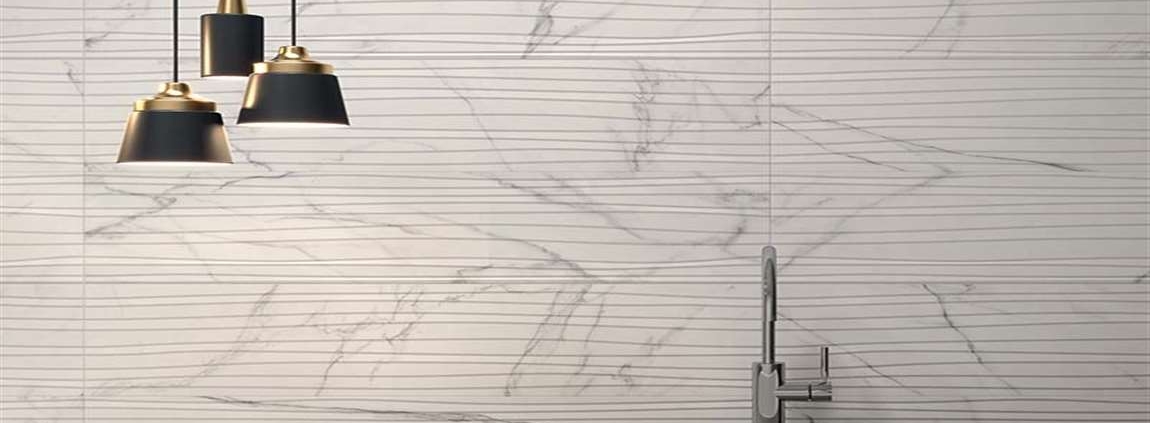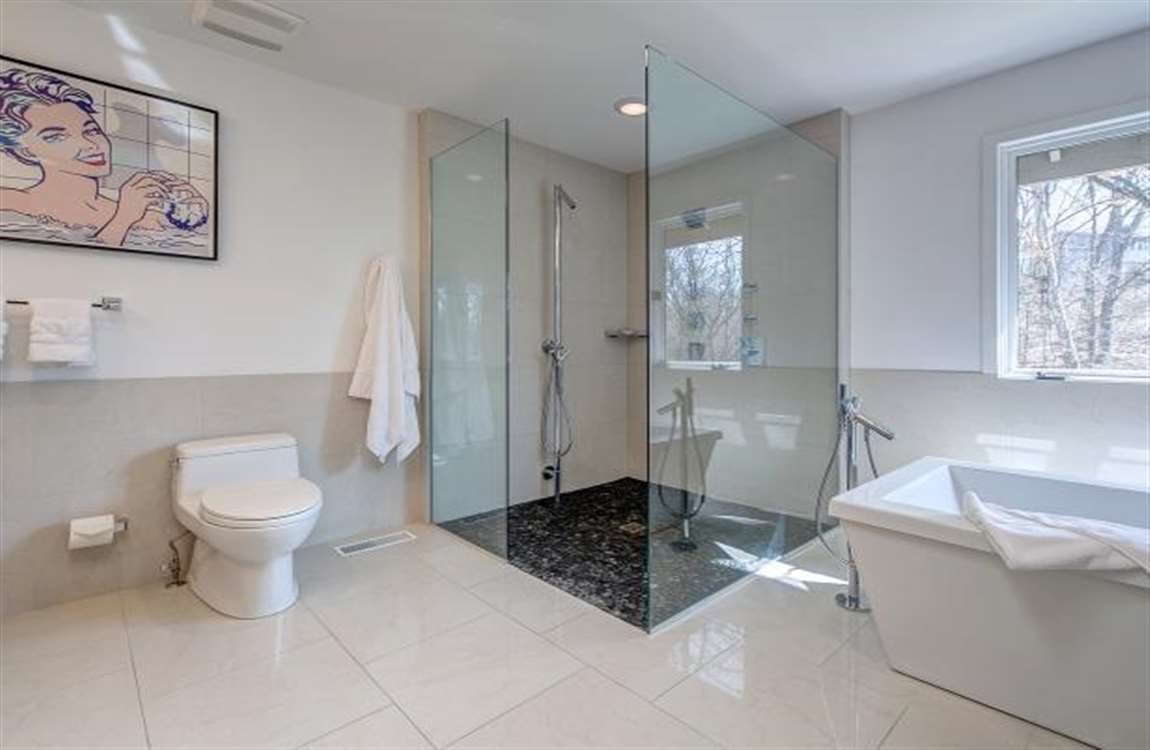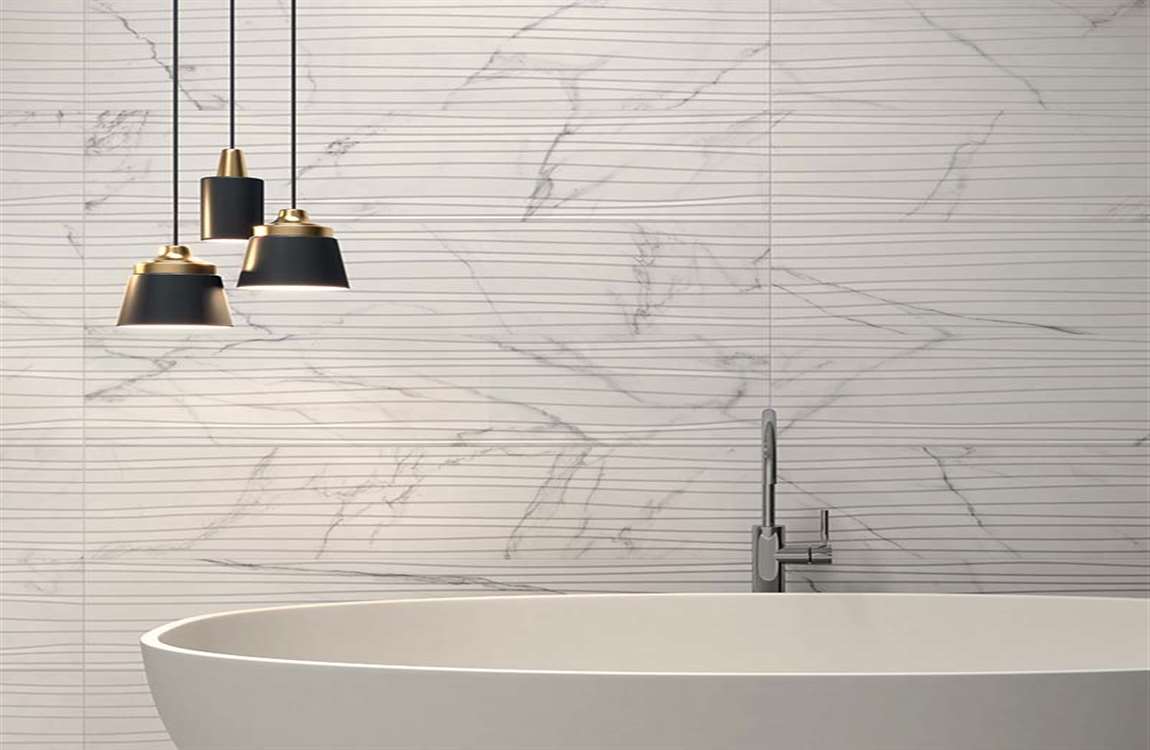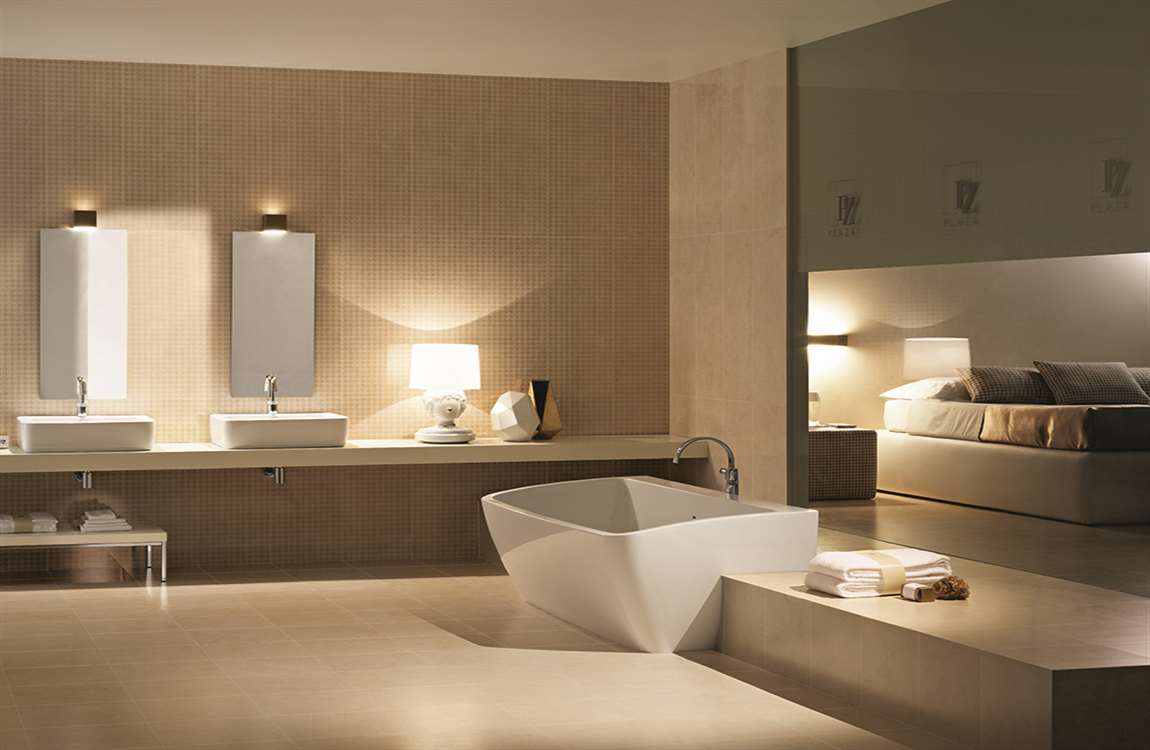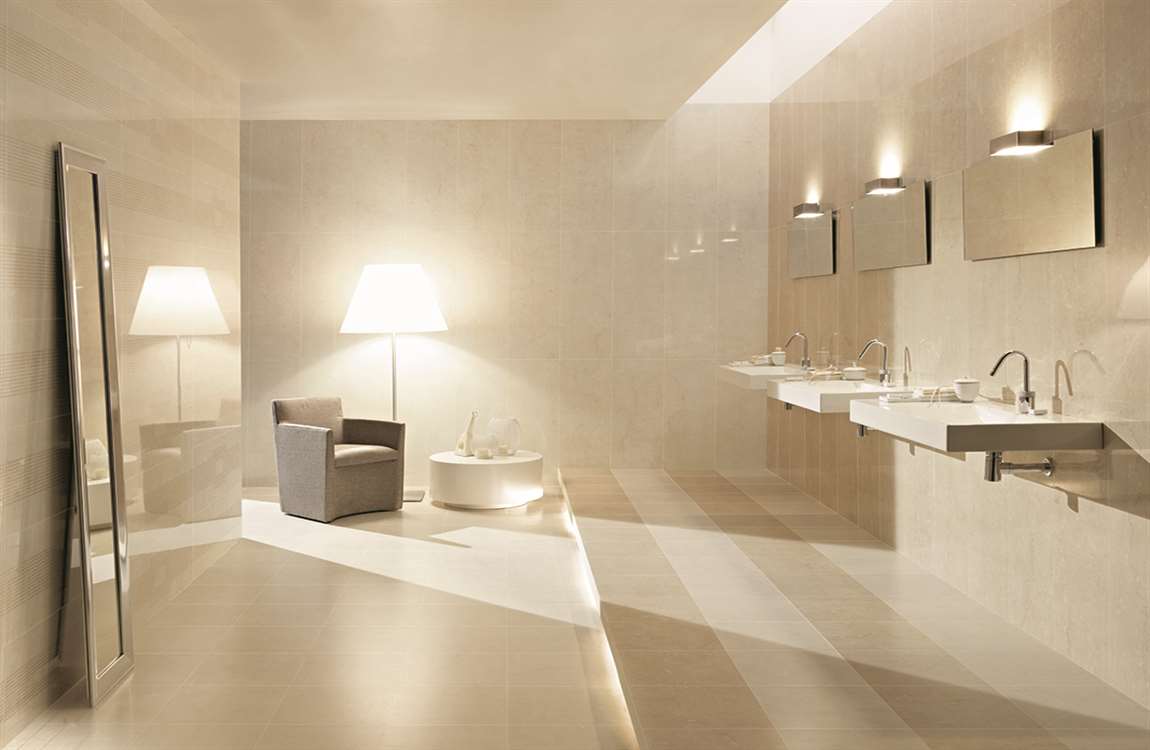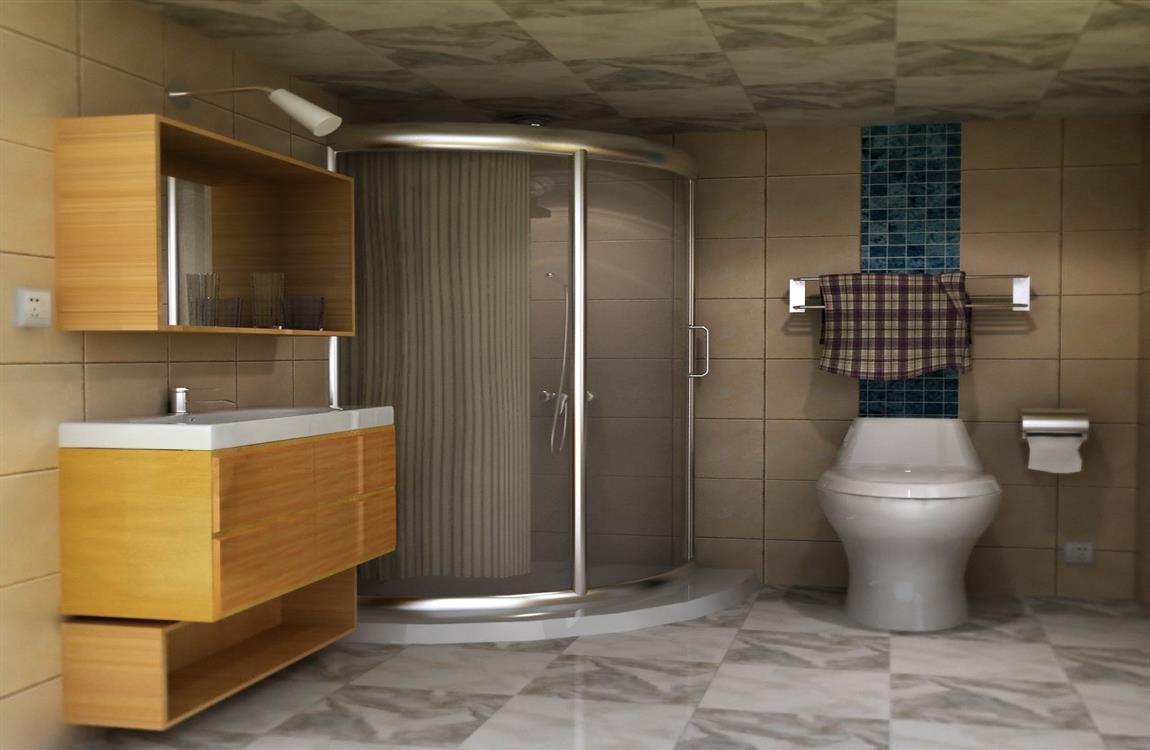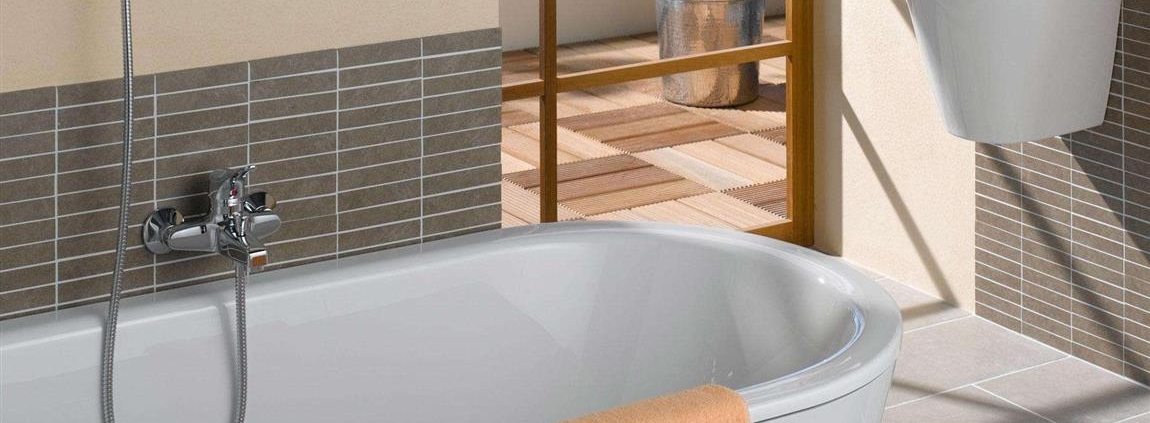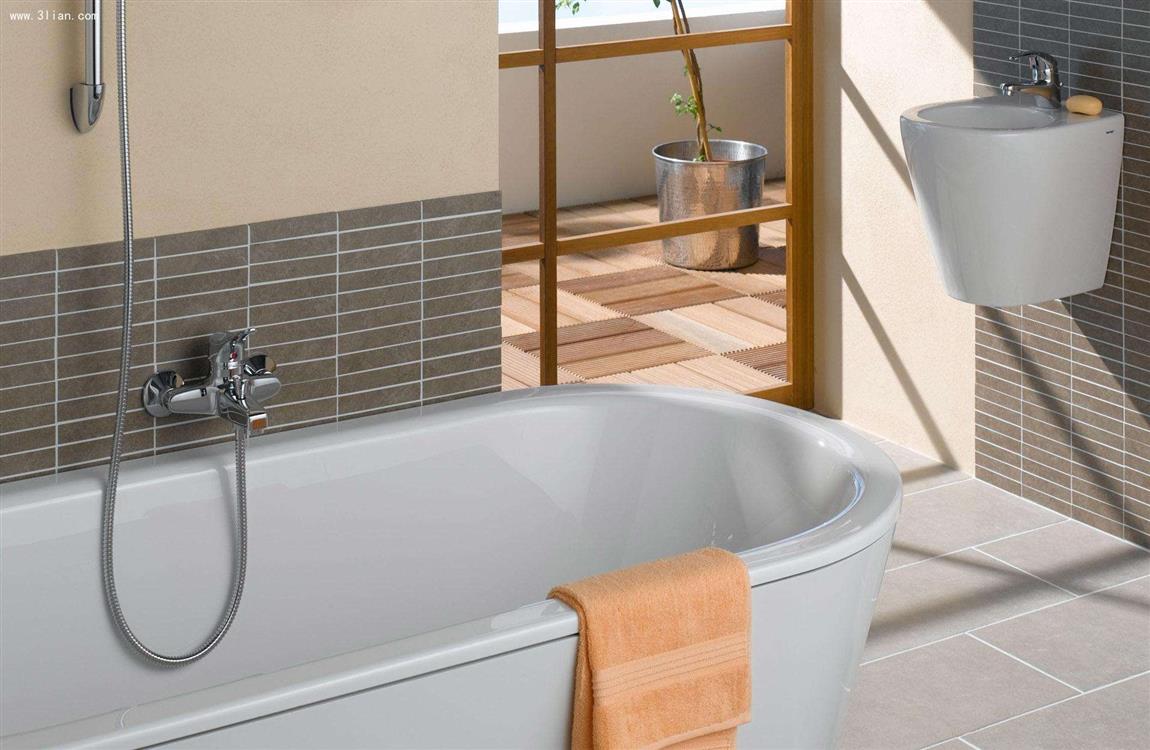How to Select a Bathroom Cabinet?
Bathroom cabinets are important to both the function and the design aesthetic of a bathroom. Therefore, it is important to choose cabinets for your bathroom that meet your practical needs, fit well inside the space you have and appeal to your tastes. Follow these guidelines for how to select a bathroom cabinet.
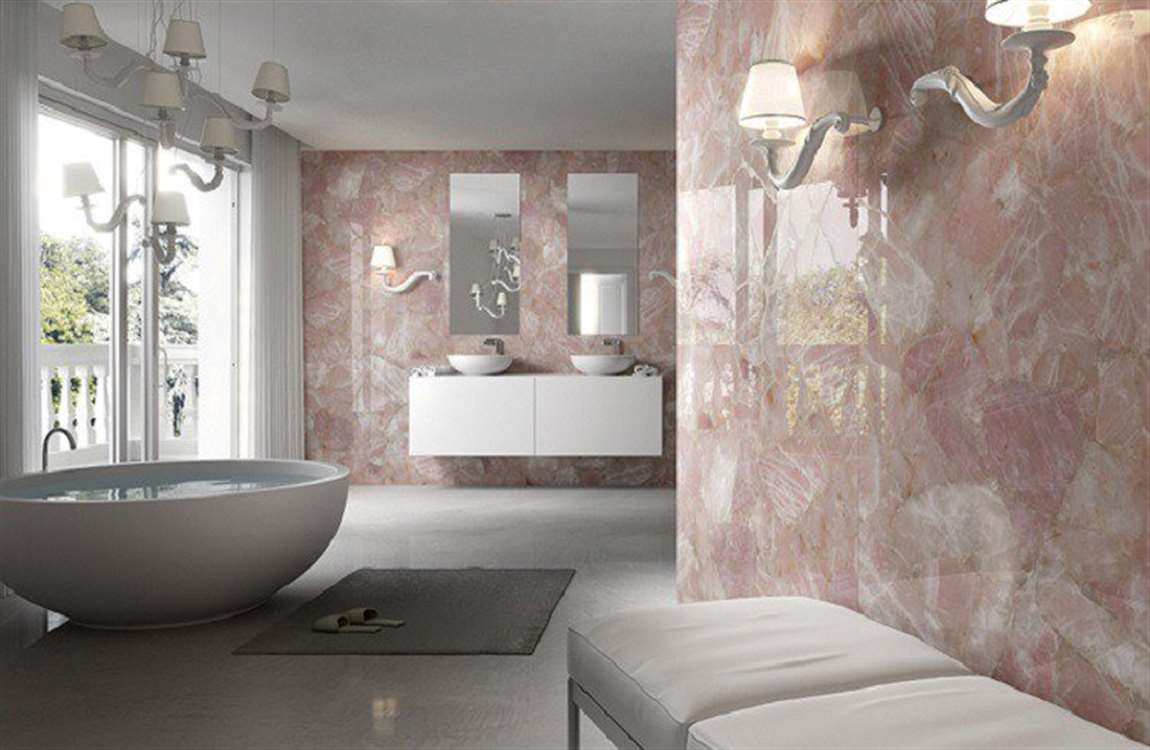
Assess your needs. Cabinets in a bathroom may be used for decorative purposes, for storage or to house plumbing or utility features. Decide what, exactly, you want out of your bathroom cabinet design. For example, a typical bathroom cabinet may serve as a place to hang robes, store folded towels and display a perfume collection.
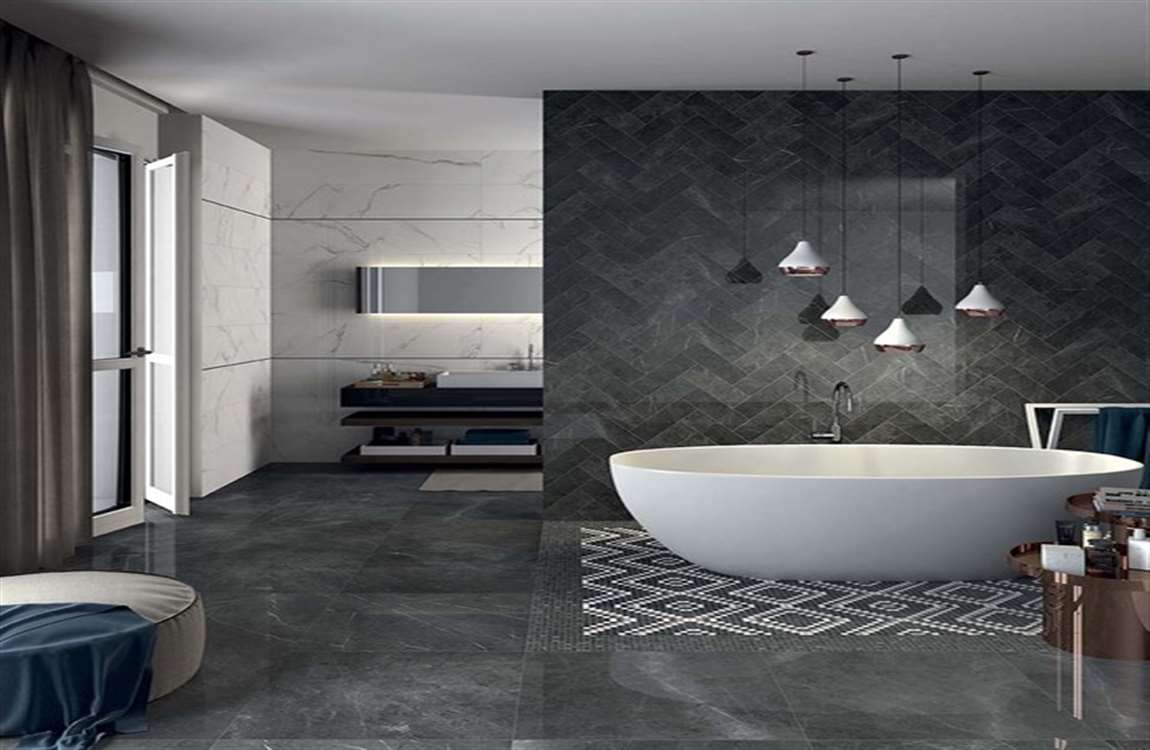
Establish a budget. Setting a cost limit before you shop can help you narrow down your options and settle on a cabinet that is well-suited for you. The more specific your budget is, the easier it will be to identify which cabinets you have to choose from. Measure your space. Also measure door and window openings, as well as existing fixtures.
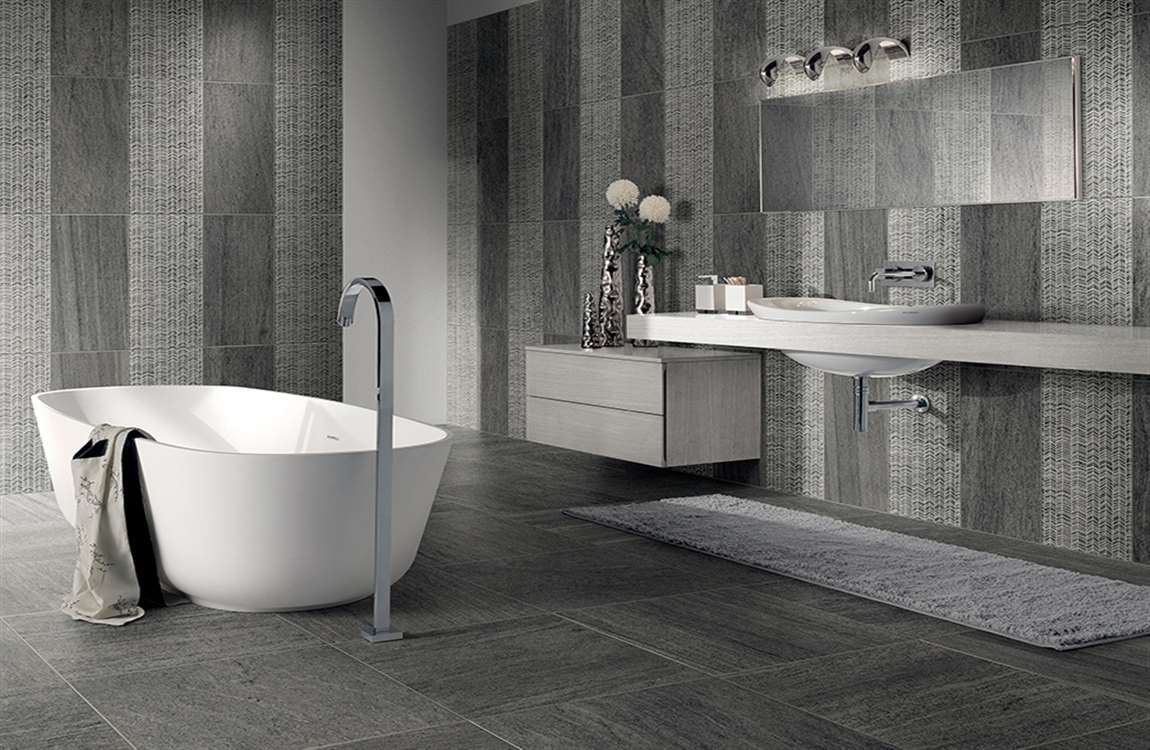
Appeal_Bagno_Flo_Anice 016
Create a layout plan. Remember that bathroom cabinet units average from 18 inches (45.72 cm) to 48 inches (121.92 cm) wide. You will need ample wall space for the width and height of the cabinet you choose, plus enough space to open any cabinet doors and to allow for easy passage through the bathroom. Follow these instructions to create a to-scale floor plan:
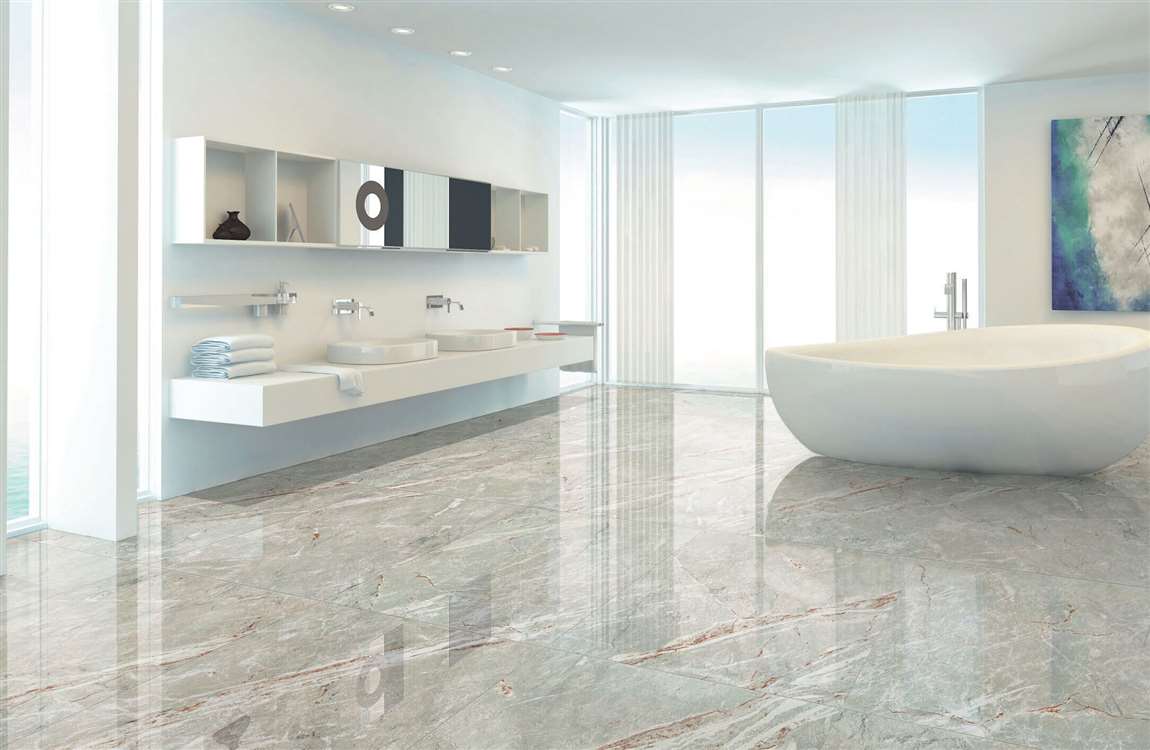
Sketch the bathroom measurements on a piece of graph paper. Mark the doors, windows and bathroom fixtures on your sketch. Make to-scale templates for a variety of bathroom cabinet sizes and arrange the templates on the sketch until you are satisfied that you know which cabinet size will fit comfortably into the bathroom.



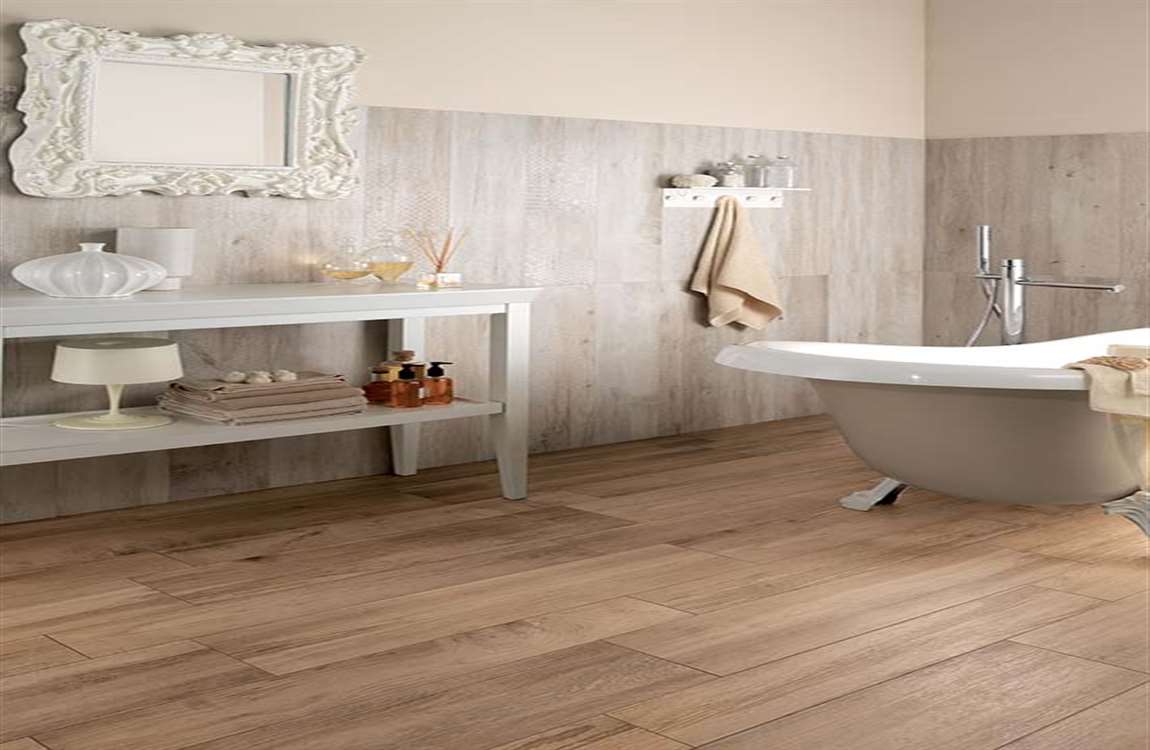
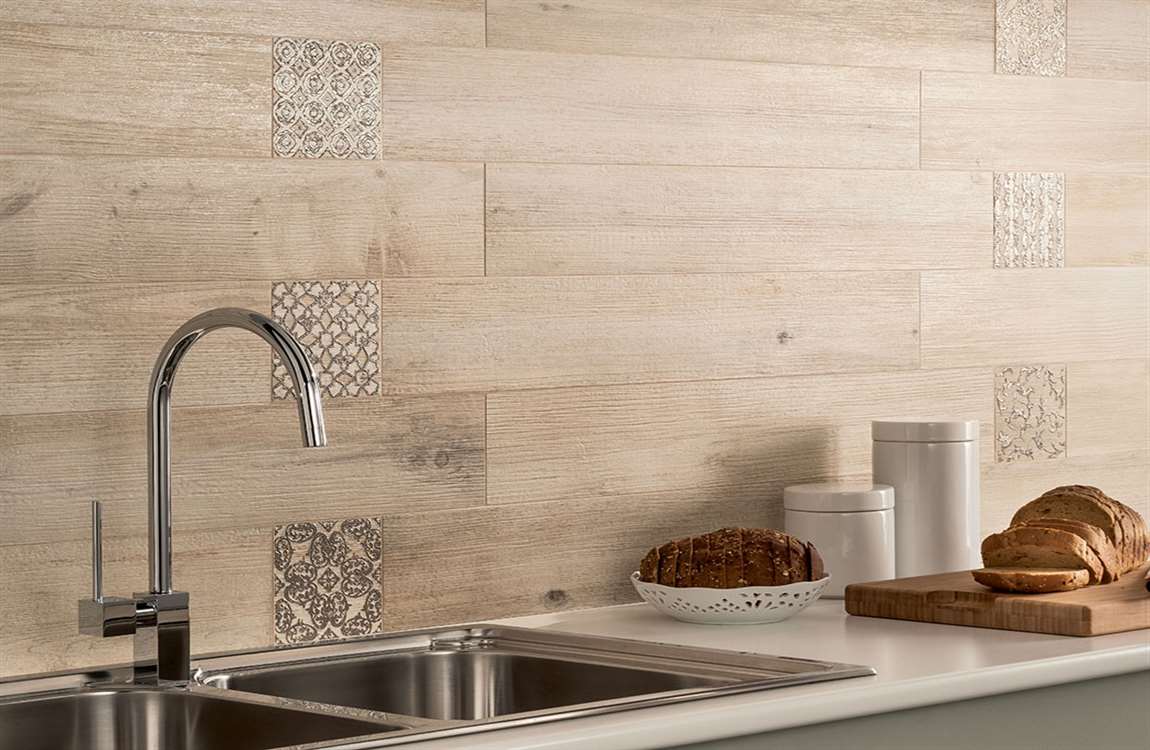

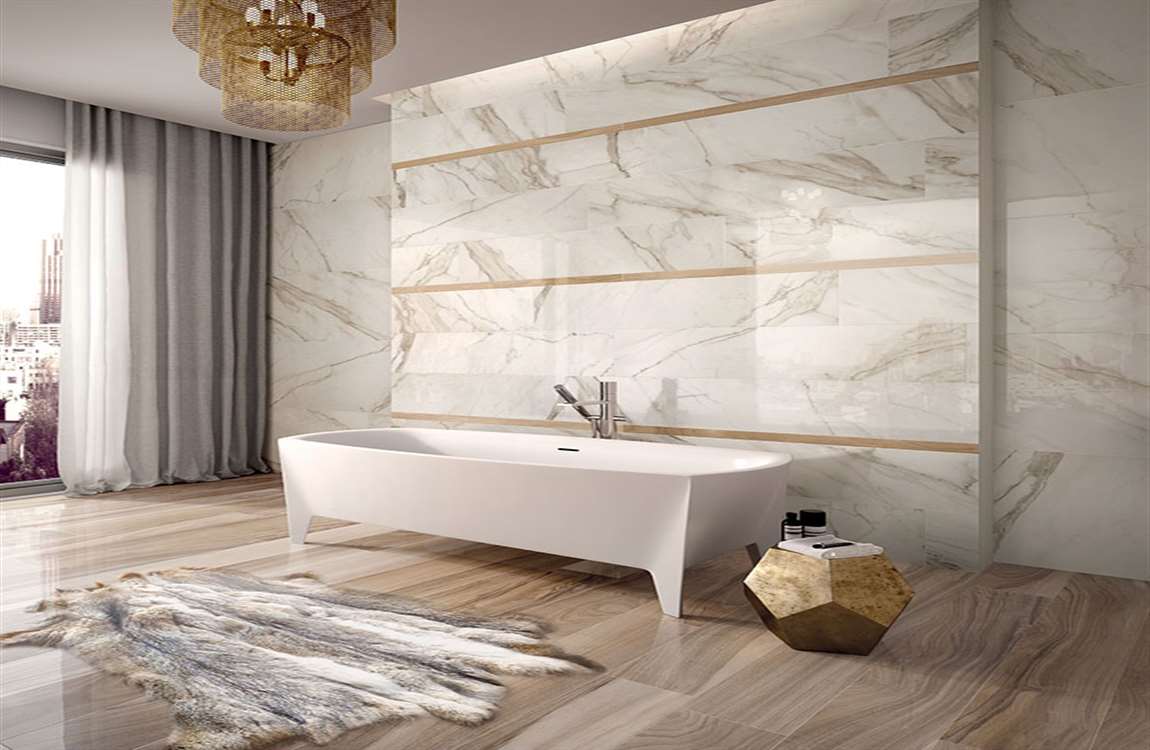
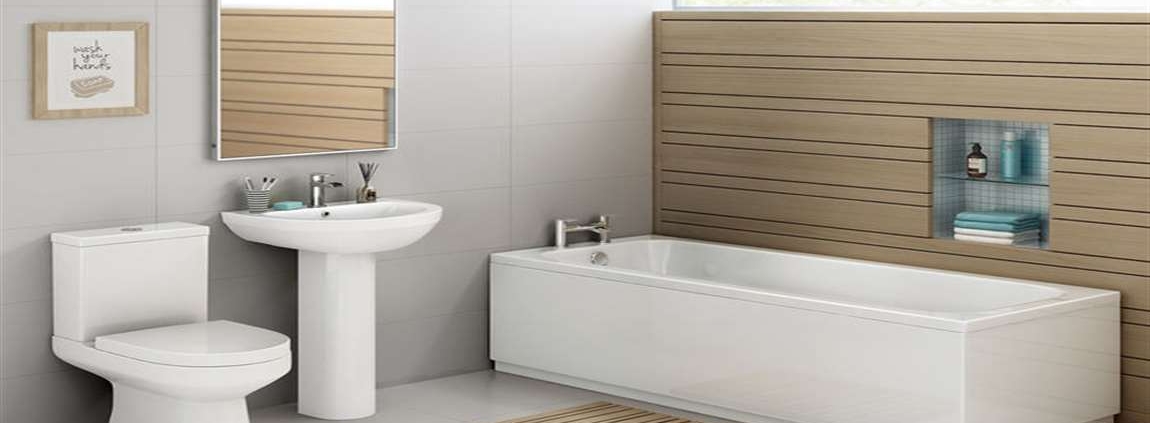
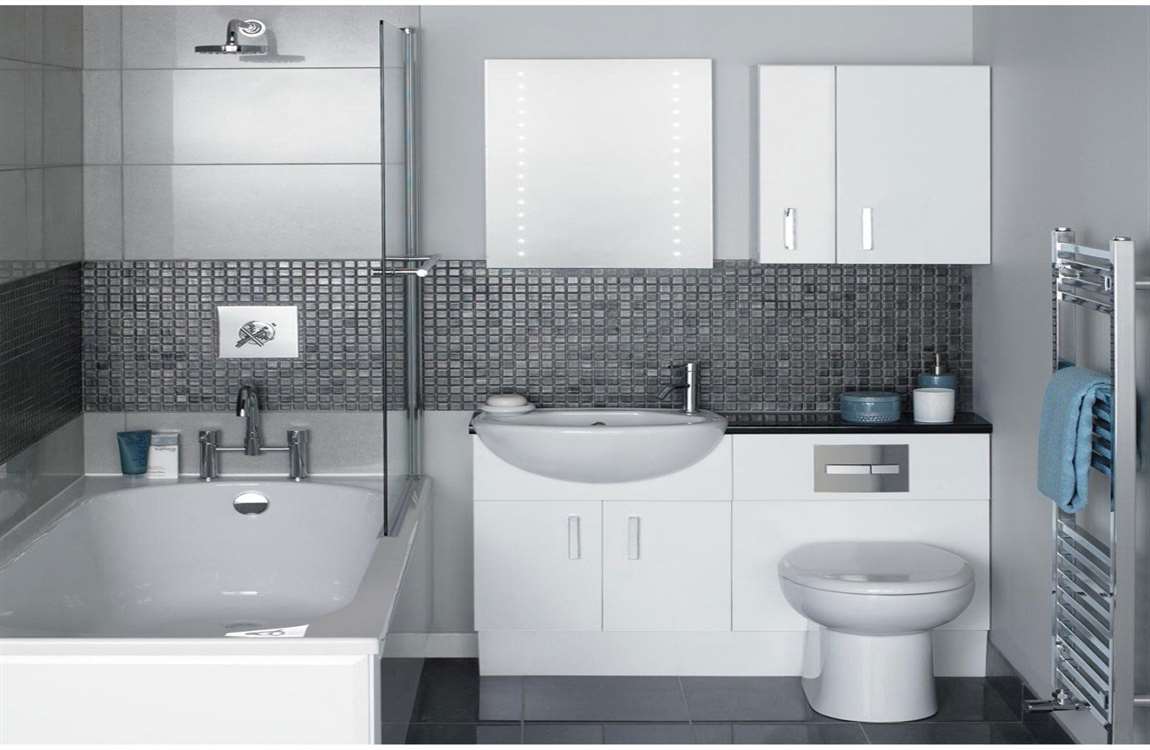


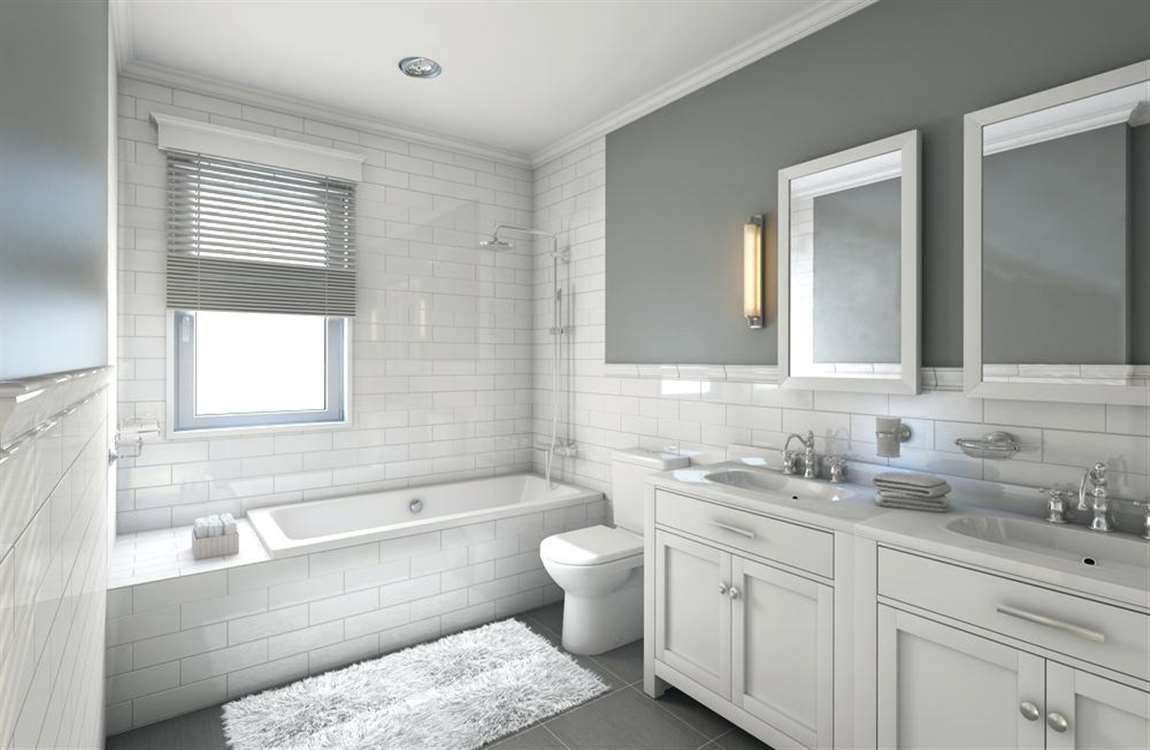
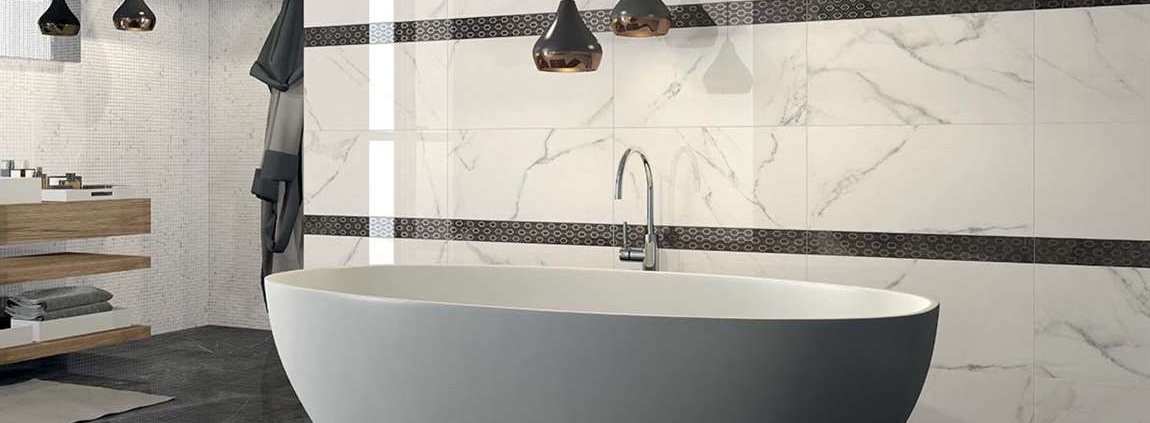
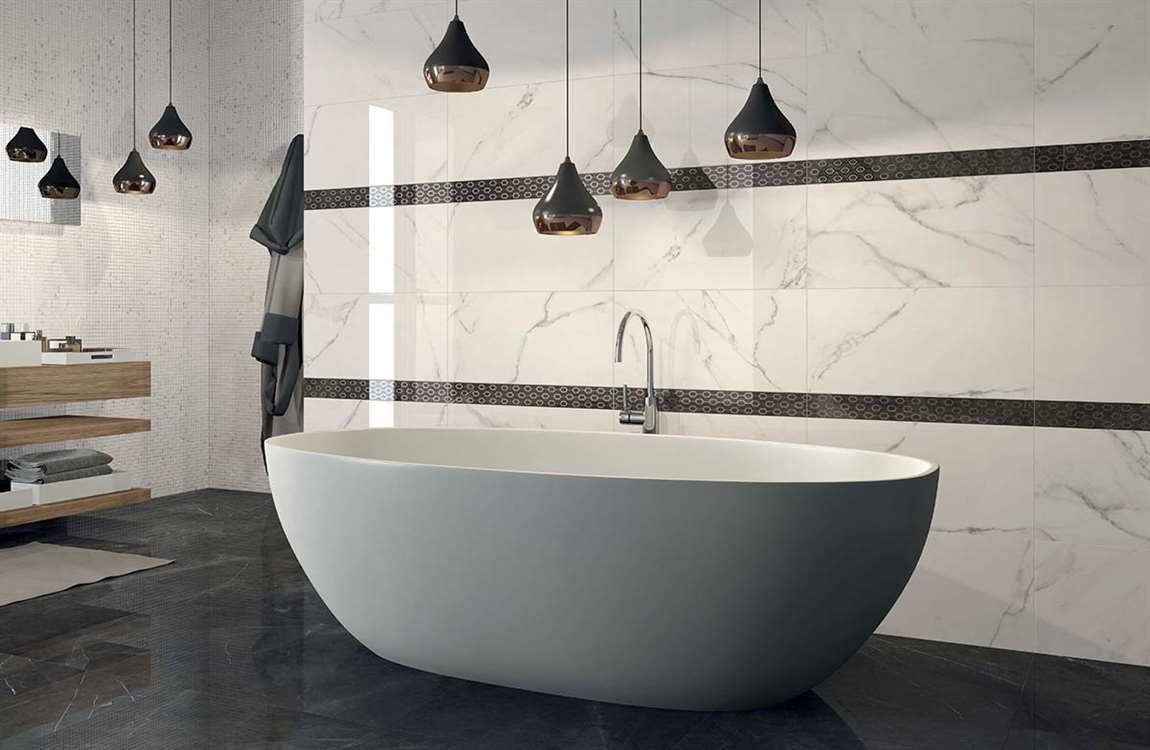
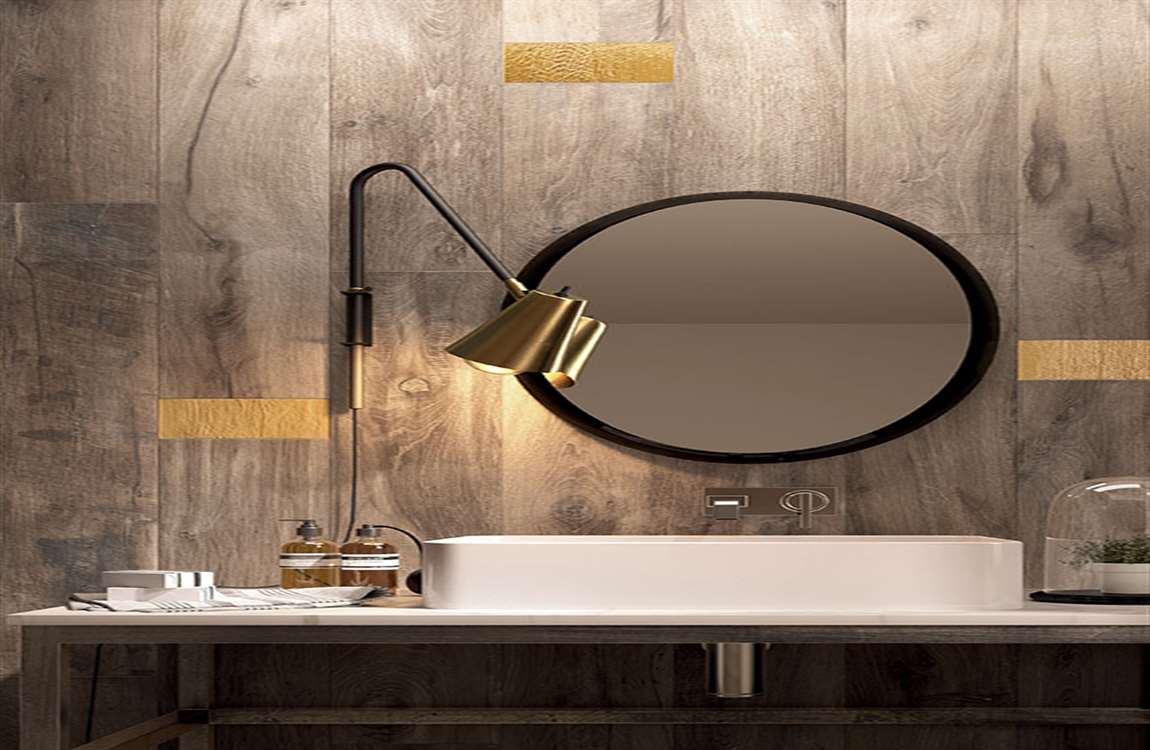
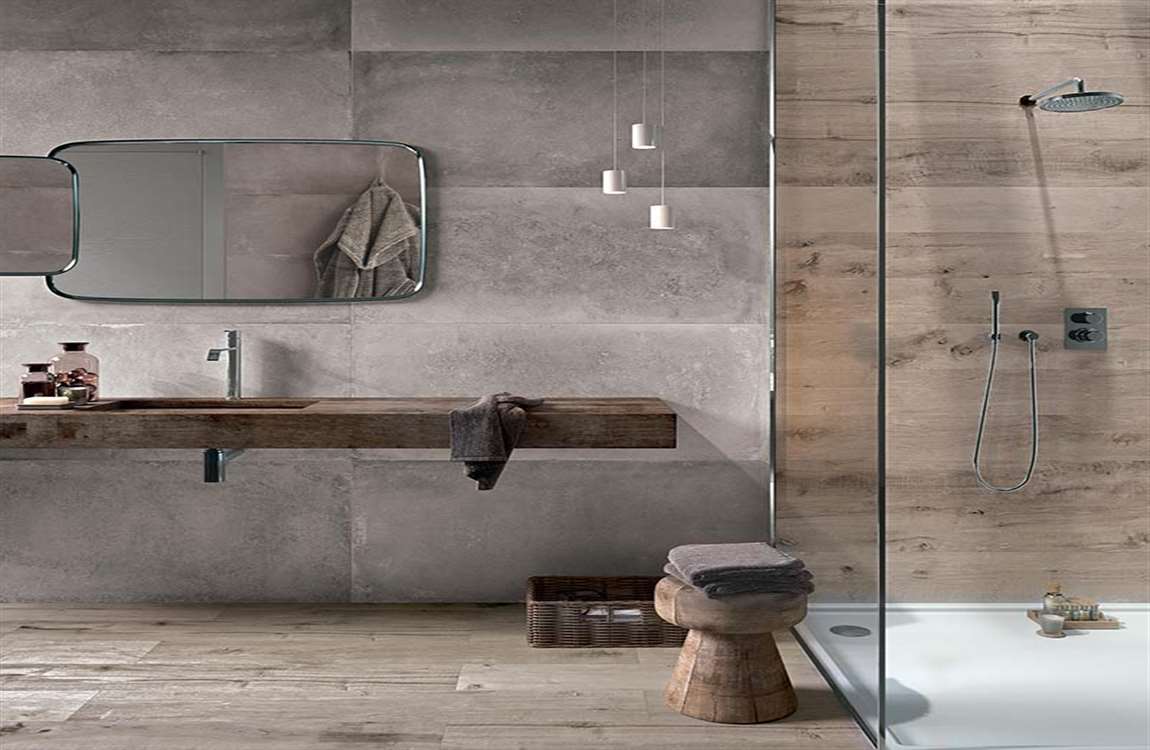
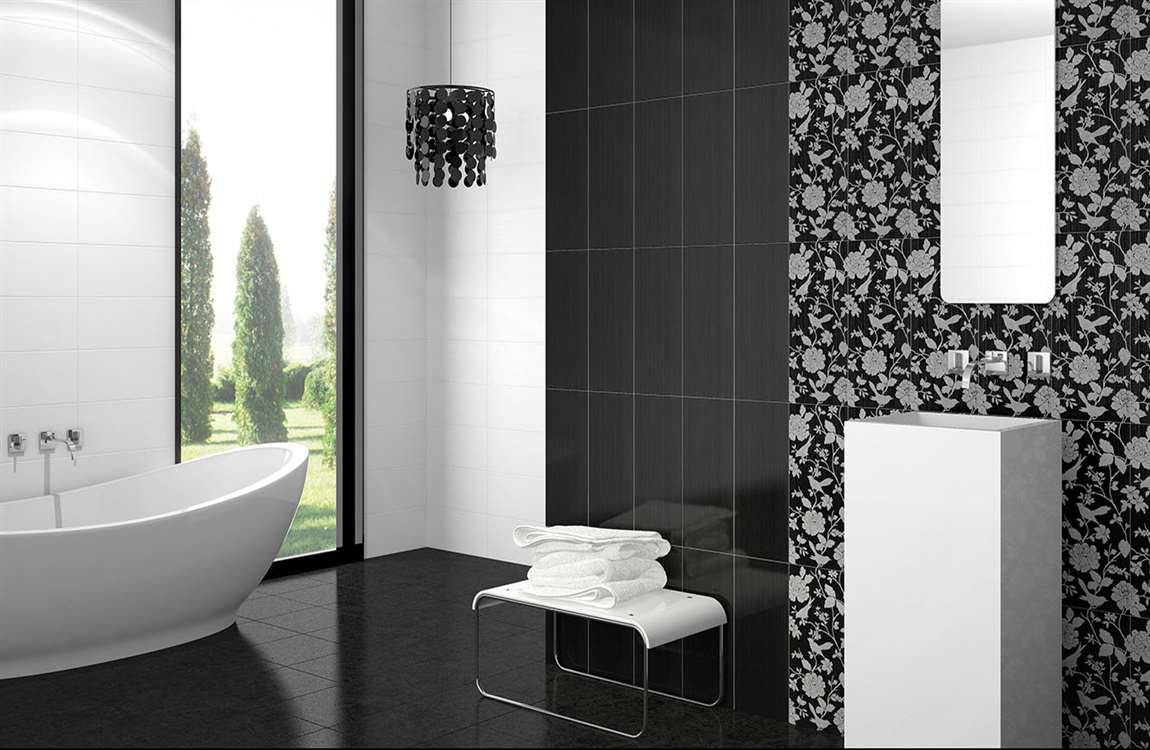

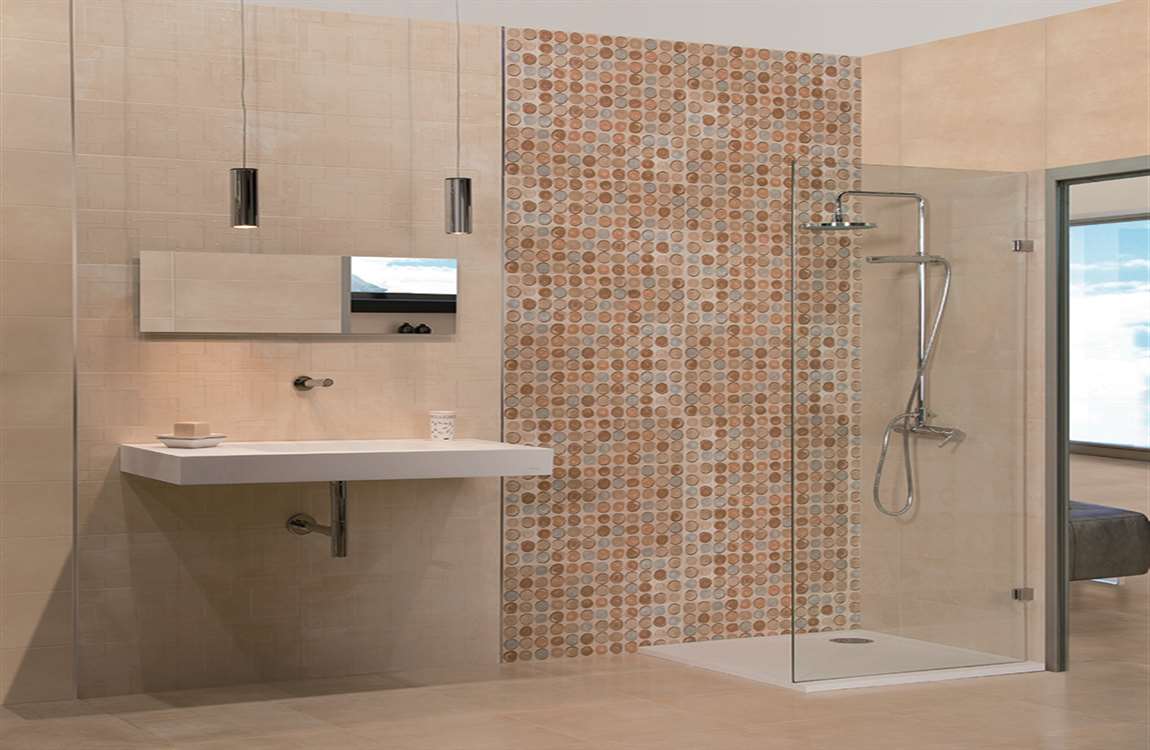



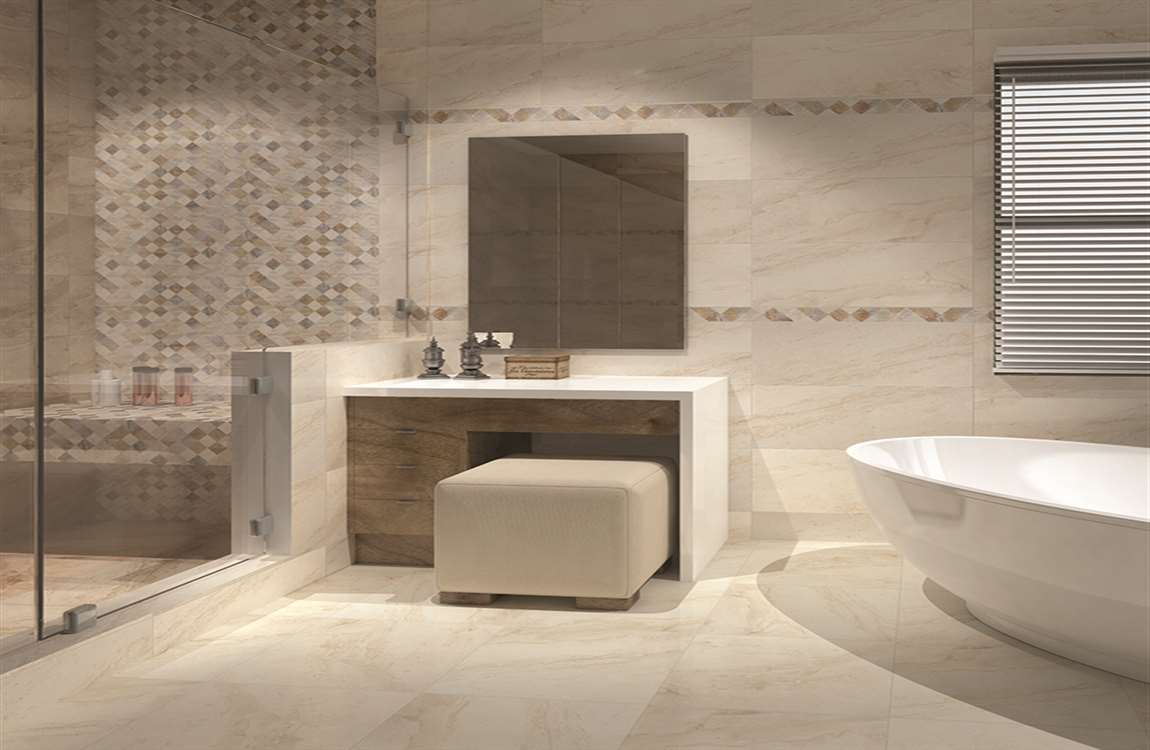

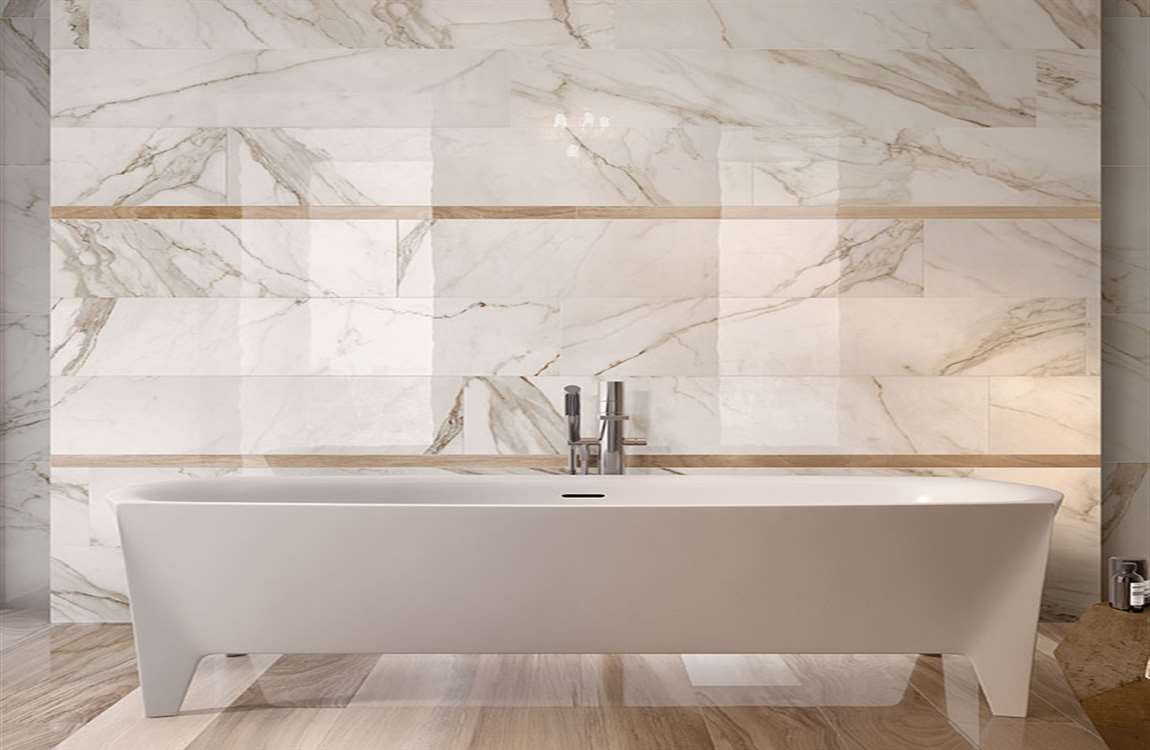
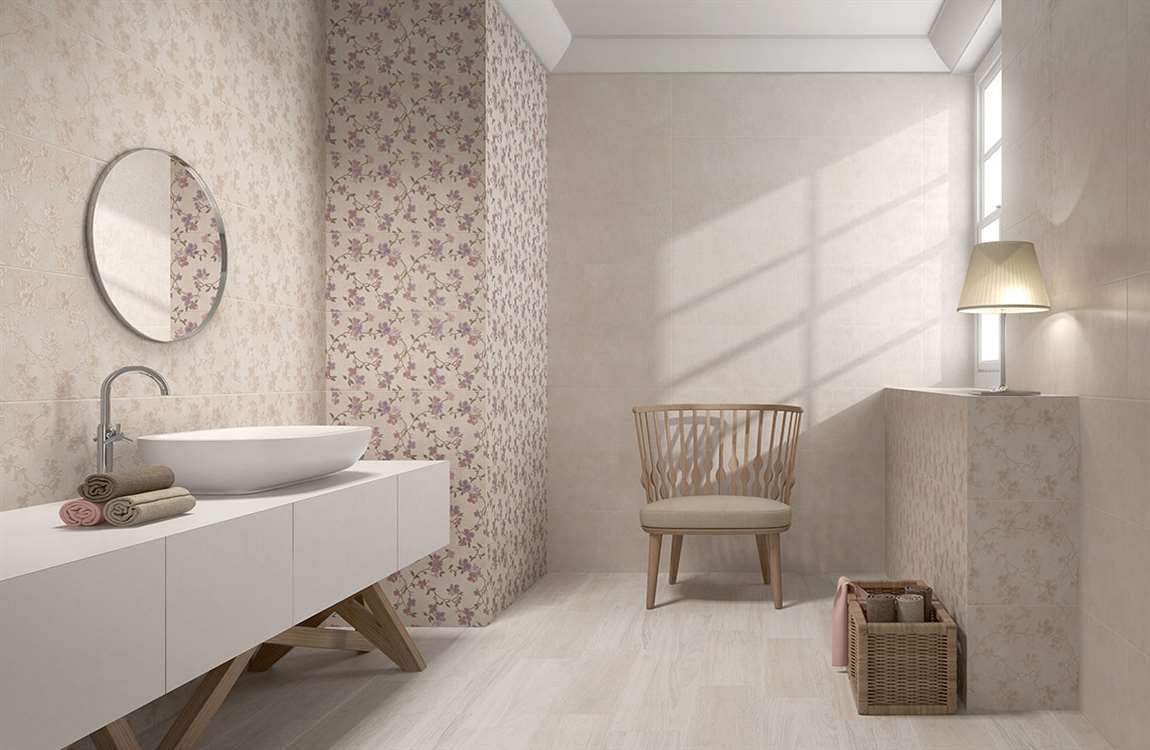 will determine the width of your mirror. Your mirror can be as wide as your vanity or smaller, but is usually not larger than your vanity. A typical rule of thumb is to keep your mirror at least 1 inch (2.5 cm) smaller on both sides than the width of the vanity.
will determine the width of your mirror. Your mirror can be as wide as your vanity or smaller, but is usually not larger than your vanity. A typical rule of thumb is to keep your mirror at least 1 inch (2.5 cm) smaller on both sides than the width of the vanity.